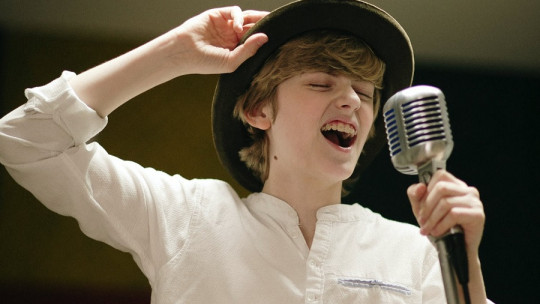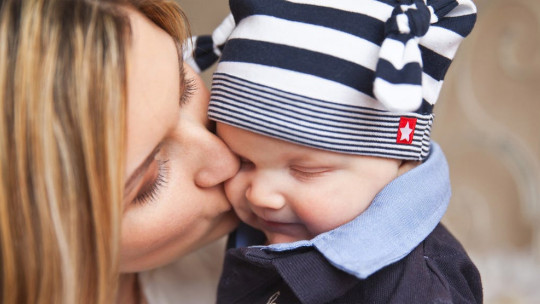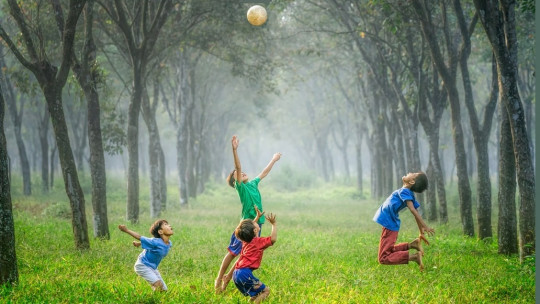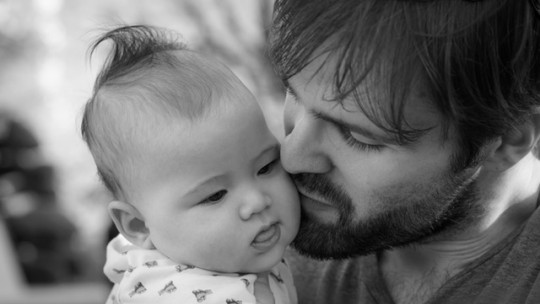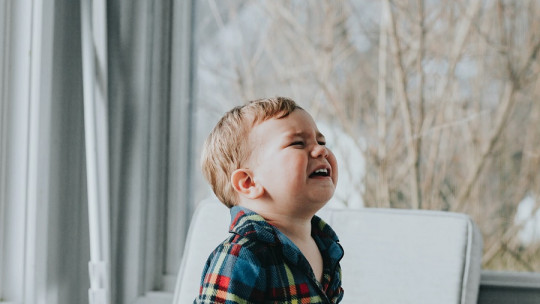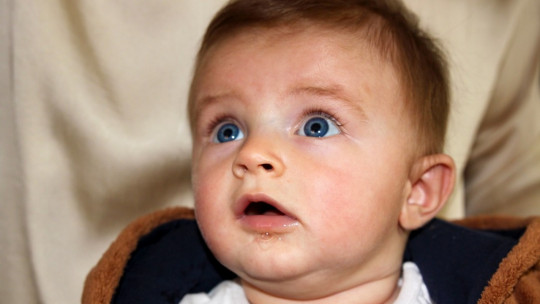
“My son behaves phenomenally, he spends the entire afternoon playing alone in his room and doesn’t bother anything, how wonderful.” Surely you have heard this phrase more than once. In these cases you get desperate and look for the magic formula that this mother or father uses to ensure that her son is “undisturbed” all afternoon. Instead, your child asks you to play with him all the time or constantly requests your attention.
I have a good new for you; It is normal and healthy for our children to ask for us, “make war” and want to spend time with us. Having a child spend the entire afternoon on their own can allow us to have time to do household chores and finish pending work things, but it is important that you know that this has consequences.
The importance of attachment
What is attachment? Attachment is the emotional bond established between the child and his or her caregivers, mainly with the mother. This emotional bond is important for the baby to feel protected and confident. In addition, it will allow us to learn to relate to ourselves and others, helping us understand the world.
There are several types of attachment: secure, anxious, disorganized and avoidant. The quality of affection that we offer our children and the predictability of the parents’ behavior will determine the type of attachment. That is why it is important that as parents we are always available for the baby’s needs and address these in a stable and predictable way. Otherwise, we will be creating an insecure attachment that can facilitate the development of different fears and insecurities in the child, resulting in anxiety.
When parents are not in emotional harmony with their children, they are distant in the case of avoidant attachment, or intrusive in the case of anxious attachment, they cause anguish, mistrust and insecurity in them. Children, in these cases, try to adapt to the environment by creating strategies that allow them to alleviate their discomfort.
The keys to understanding avoidant attachment
Returning to our initial example, we are faced with an avoidant attachment. In this case, the parents do not tend to be emotionally in tune with the child, ignoring the emotional needs of this
There is no validation of the little one’s emotions. He learns that being sad or crying is not appropriate and that showing it leads to rejection from others, but if he does not show emotions there is recognition from his parents; For example, they reinforce and reward him spending the entire afternoon playing alone in his room. He ends up learning not to bother his parents with his needs. This way, his parents will be physically closer to him. Therefore, these boys and girls They sacrifice closeness with others to avoid rejection that is, the minor learns that he has to fend for himself and that he cannot trust others.
In addition, the boy or girl also begins to use reasoning as a form of emotional regulation. She tries to distance herself from affection and its manifestation, acting based on what she believes her parents expect from him or her, trying not to be a nuisance. It’s important to put attention on Children will learn to regulate their emotions based on how their parents do
It is extremely important that when faced with stressful situations for a child, his parents are the ones who calm him down. We insist on telling them to go to his room and not come out until they are calmer, but it is not possible for a child to calm down on his own. Imagine that we come home very angry because of something that happened to us at work, we try to tell our partner and they tell us that until we relax we should not talk to them. Notice what happens to you: can you relax? Or on the contrary, does this make you more angry and more deregulated?
Just as it causes a negative reaction in adults, it also causes a negative reaction in children, and they also need contact to calm down. The child needs company to relax and it is important that we are the facilitators of this regulation. If we are not the ones who provide him with that security, he will be a child, an adolescent and an insecure adult.
What consequences do we face when faced with this type of link?
When the protection figure is not physically or emotionally present, this situation leads the child to regulate himself with something that can replace this absence: material things, tasks, food or other people. This type of emotional regulation is dysfunctional, which is why pathological behaviors can sometimes appear. In adolescence and adulthood, the use of drugs, alcohol or pathological gambling can also be used. There are even times when parents are the ones who use material tools to regulate the well-being of their children. Nowadays, the use of technology is one of the most effective resources that parents use, but through which negative consequences are obtained.
The child’s inability to regulate himself can facilitate the appearance of psychological disorders such as anxiety, phobias, depression or personality disorders. On the other hand, when faced with inconsistent attachment figures, the child develops a self-perception of low worth and feelings of abandonment, as well as fear of rejection by others. If the caregiver is cold and the child has feelings of not being worthy of affection, this will cause problems with her self-esteem.
The inability to become intimate with other people is also a factor to take into account. In adulthood, these people will be individuals with barriers to social and romantic relationships, since the relationships that we establish with our reference figures will determine our relationships when we are adolescents and later adults; There will be great difficulty when expressing emotions and feelings to others. If from home there has not been a space to name emotions and express them, it will be difficult to recognize them.
How can we improve the bond with our children?
Children need us to tune in to them, that is, to be able to put ourselves in their place. The harmful behaviors that they sometimes carry out, such as more aggressive actions, stopping eating, having nightmares or not interacting with other children, They are indicators that they are not feeling well This is where we have to tune in to them and not stay in superficial behavior, but try to understand the depth of what is happening.
If every time my son doesn’t eat I talk bad to him and punish him, I won’t be in tune with him. In that case, you have to do some reflection yourself and see what it is that suggests that your child does not want to eat. If you act based on what you want and not what the child needs, we will not be helping you.
We can also improve the bond by playing and spending quality time with the little ones, dedicating moments exclusively to them. The fundamental thing is to put words to emotions, look into the eyes, smile, sing, have physical contact… in conclusion, offer a base that provides calm and security
There are times that it will be our own life history that prevents us from having a safe and healthy bond with our children. In that case, it is important to contact a specialist and have them help us solve those things from the past that prevent us from functioning functionally in the present. Remember: Unconsciously our discomfort is transmitted and perceived by the little ones in the house.

